August is a month of change here in Alaska. August is still very much summer in most parts of the United States. In Alaska, the fireweed starts shifting from its beautiful blossoms and green leaves to its wispy seeds and fire-red foliage in August. Fireweed is our seasonal calendar up here. You can tell how much summer you have remaining by the location of the blooming flowers. Once the last flower blooms on the top, fall is imminent. Once the leaves turn red, autumn has begun.
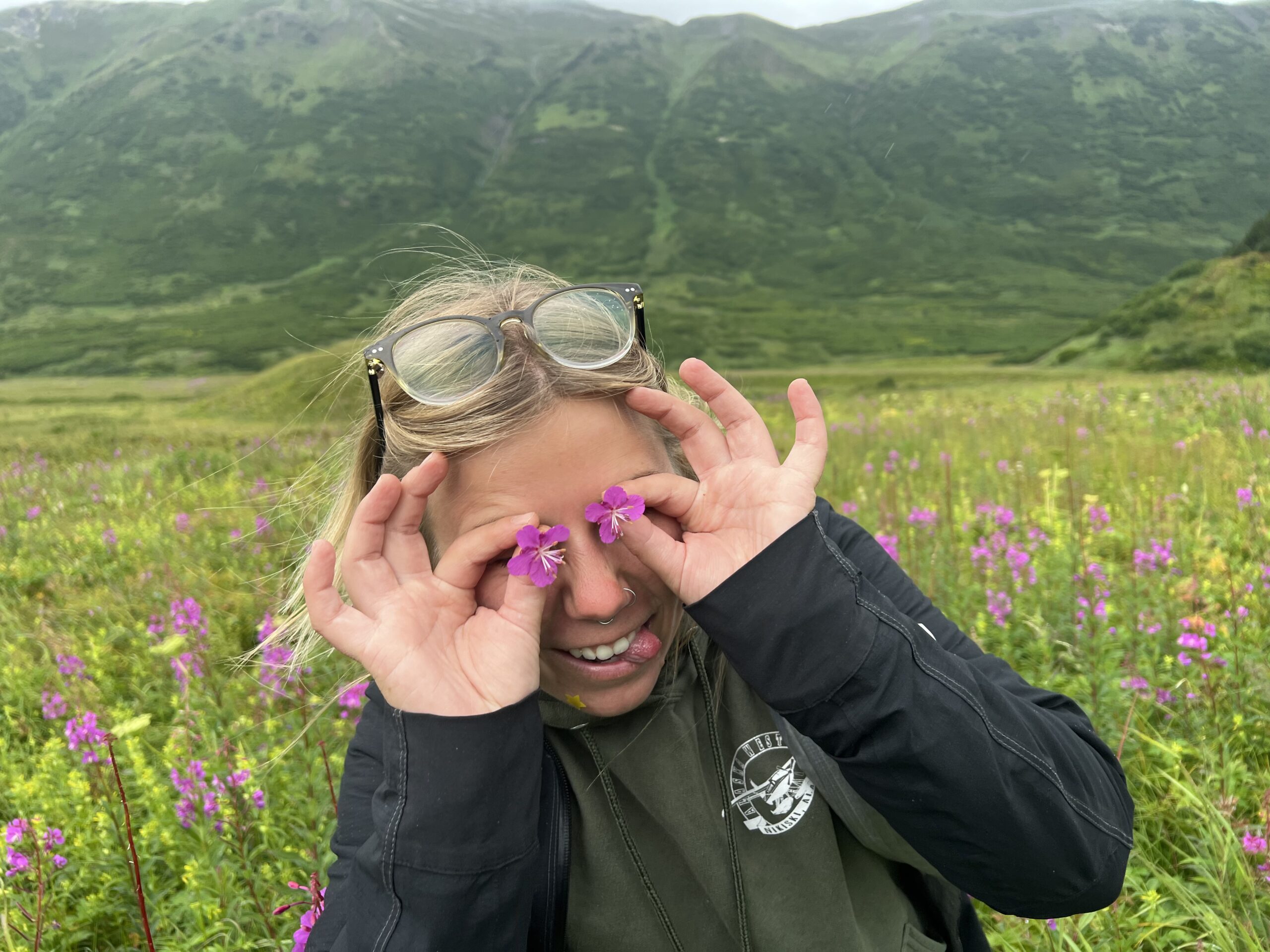
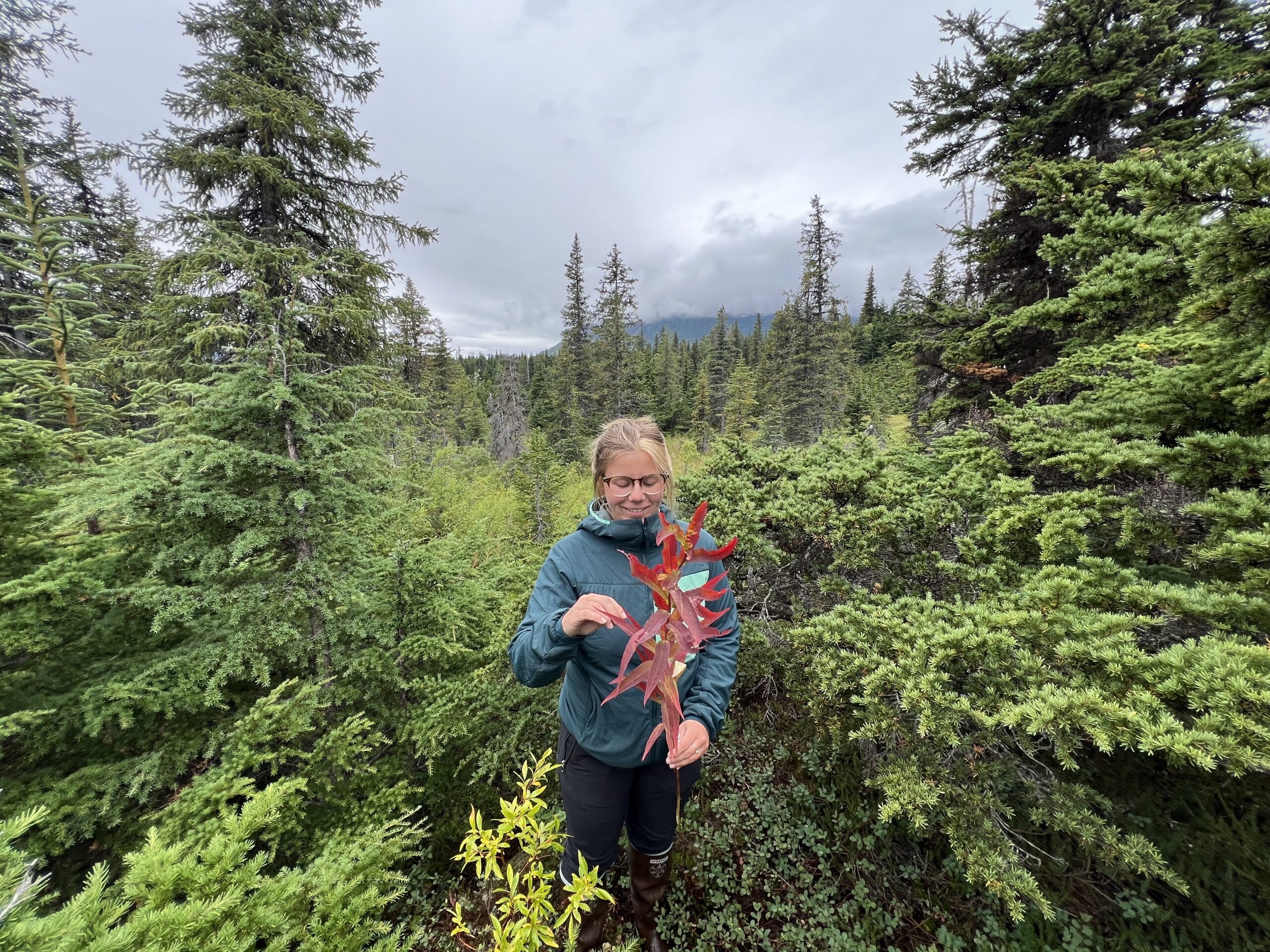
Although the end of summer is a time of grieving the salmon harvesting season, sunshine and warmth, with it comes an abundance of harvestable berries, mushrooms, and seeds! We have entered go mode this month, harvesting 11 species! The joy of harvesting Lupinus nootkatensis, Rhinanthus minor, Carex mertensii, Hordeum brachyantherum, Calamagrostis canadensis, Angelica lucida, Heracleum maximum, Erythranthe guttata, Luzula parviflora, Eriophorum angustifolium, and Geum macrophyllum is a stark contrast to the scouting and monitoring of June and July. Although both are enjoyable, one involves a LOT of keying and hiking, while the other involves more bending and stationary time while outdoors.
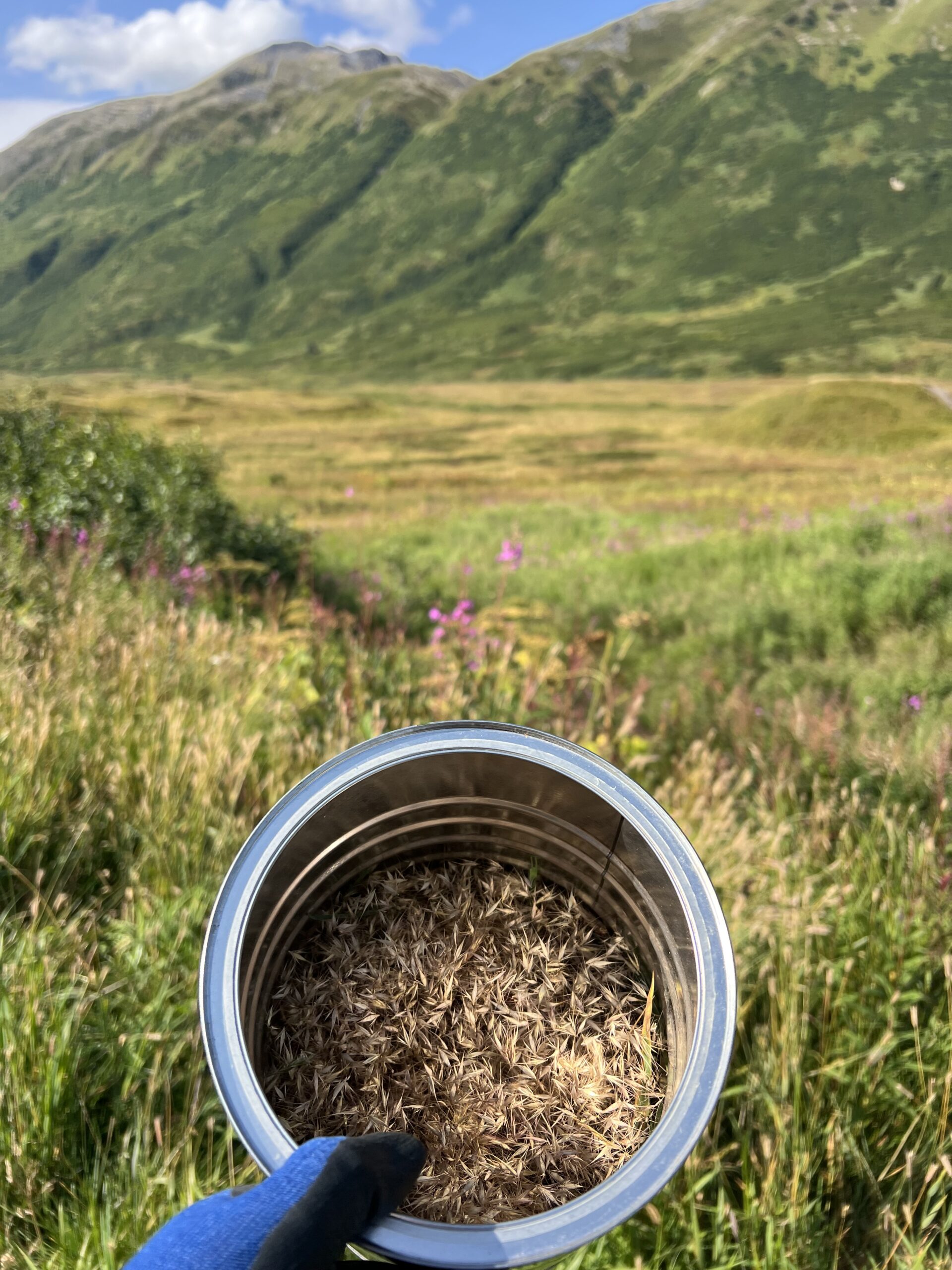
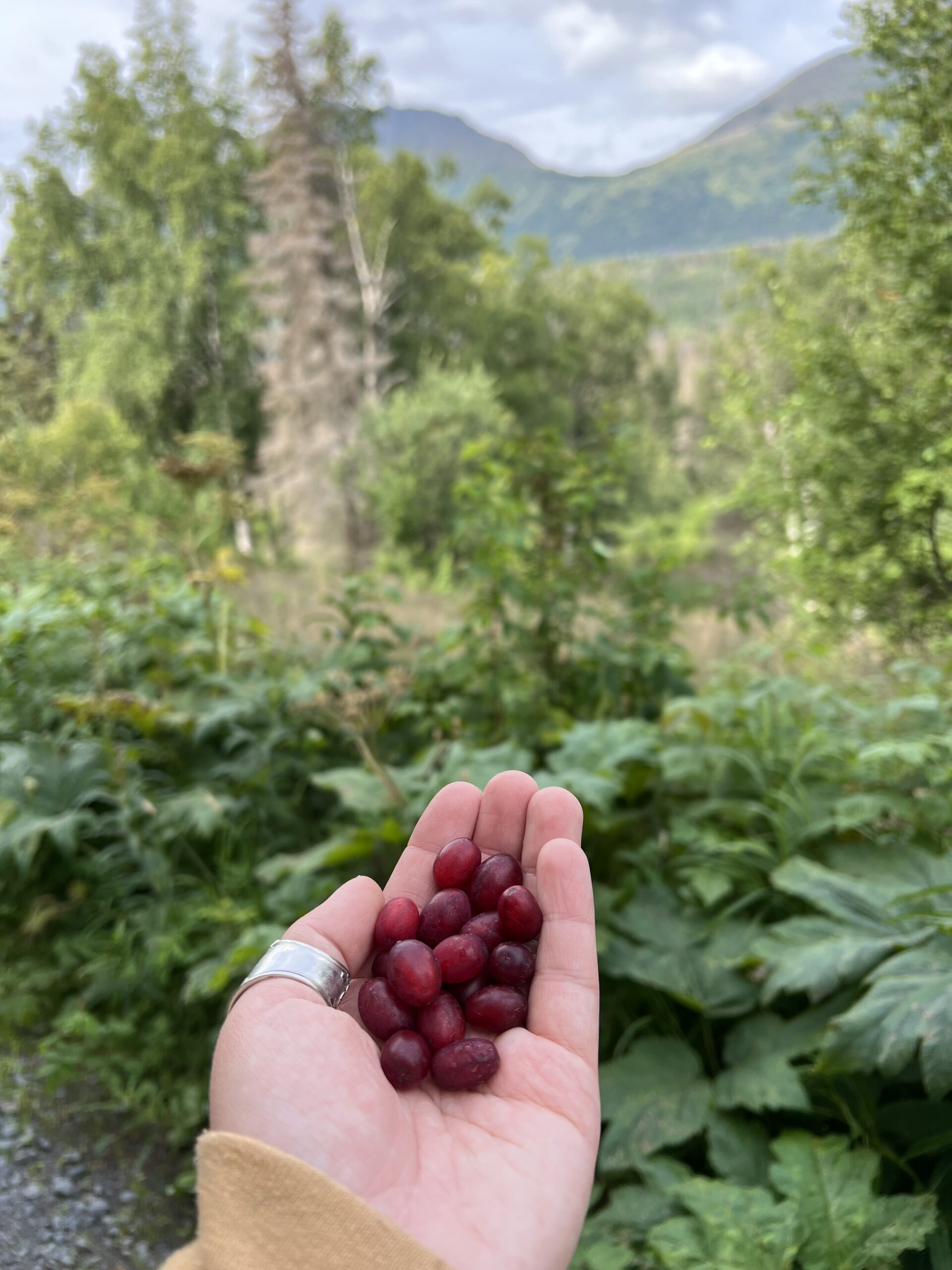
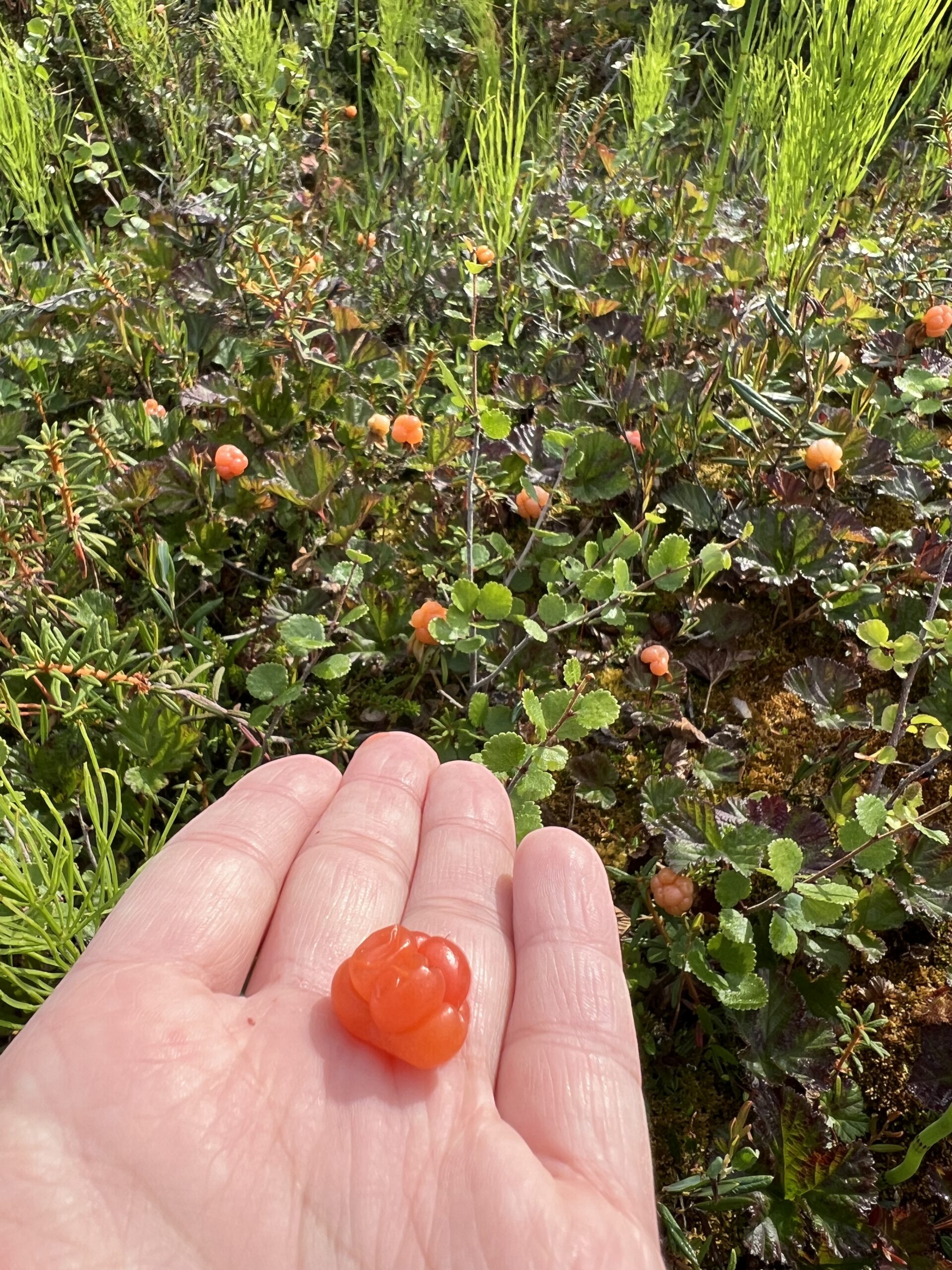
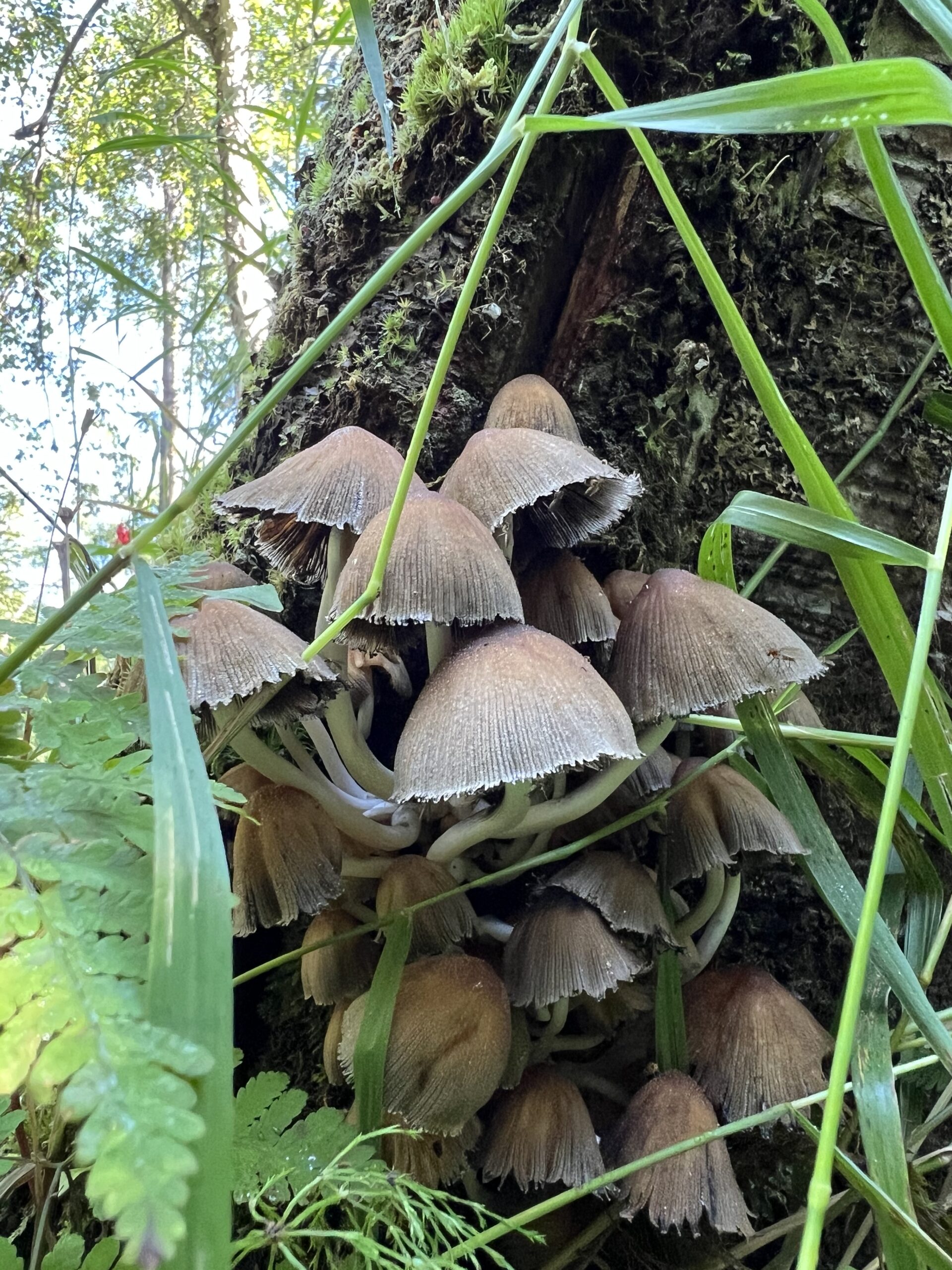
As we began harvesting, I realized I have a mild obsession with efficiency. As we harvest various species, I have experimented with several different harvesting methods to harvest seeds as quickly and effectively as possible while preventing overharvesting and harvesting immature seeds. One of our first species was Rhinanthus minor, which has a “pod” where the seeds are encapsulated. These pods eventually open, and as they dry out, the seed pops out. We started by plucking these pods initially, but I knew there had to be a better way. Plucking the pods resulted in the harvest of some immature seed, and a lower pure live seed percentage. I then experimented with flicking the inflorescence. The flicking method was much more efficient than plucking; however, it resulted in a minor knuckle injury to my pointer finger. Eventually, I got my hands on an old coffee tin. I could knock the inflorescence against the side of the tin, and alas, I had found my preferred method. As I struck them against the inside of the tin, several went flying, and I found gratification in knowing that the seed was being spread as I was also quickly harvesting.
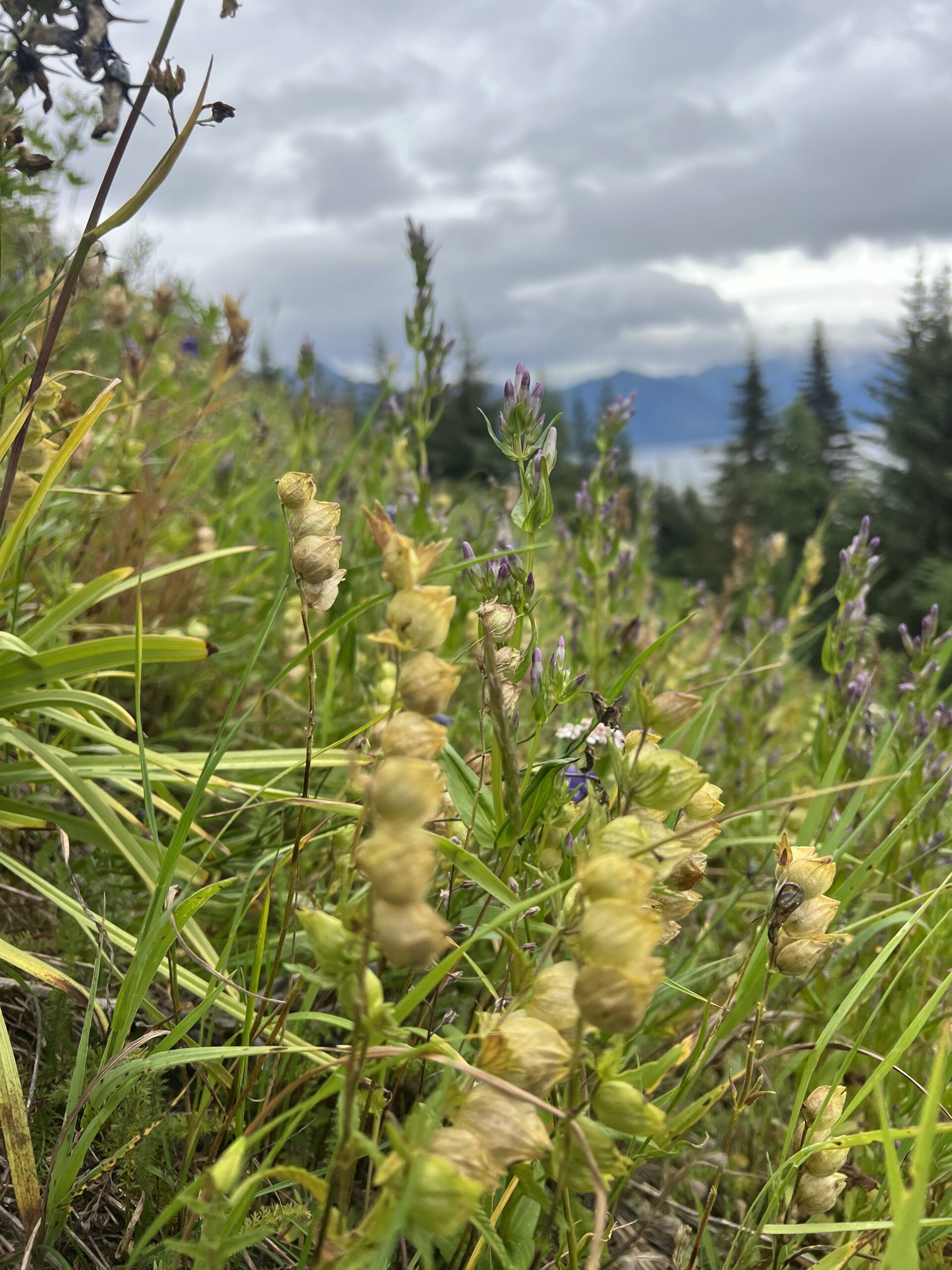
Harvesting certain species, such as Angelica lucida and Heracleum maximum, is not just a task but a source of incredible gratification. Sitting on top of a tall, flat inflorescence, the seeds can be easily harvested with a good smack or shake above a vessel. This process is quick, easy, and incredibly satisfying, adding a sense of joy and fulfillment to our work.
Toward the end of the month, I got my hands on a saddle belt. This bad boy was a game-changer. The belt has two large bucket-sized pockets to hold the seed as I collect it. I line the pockets with a bag, and then I have two hands free for harvest, no bag or bucket to be moved as I move from individual to individual! This tool boosted my efficiency exponentially. I used it while harvesting Angelica lucida and Calamagrostis canadensis. Both of these species are relatively tall, so the belt worked well. However, the belt may be less valuable when targeting short species, as it may get in the way while positioned in front of the body and hinder the harvesting process, which is a point to consider when using this tool.
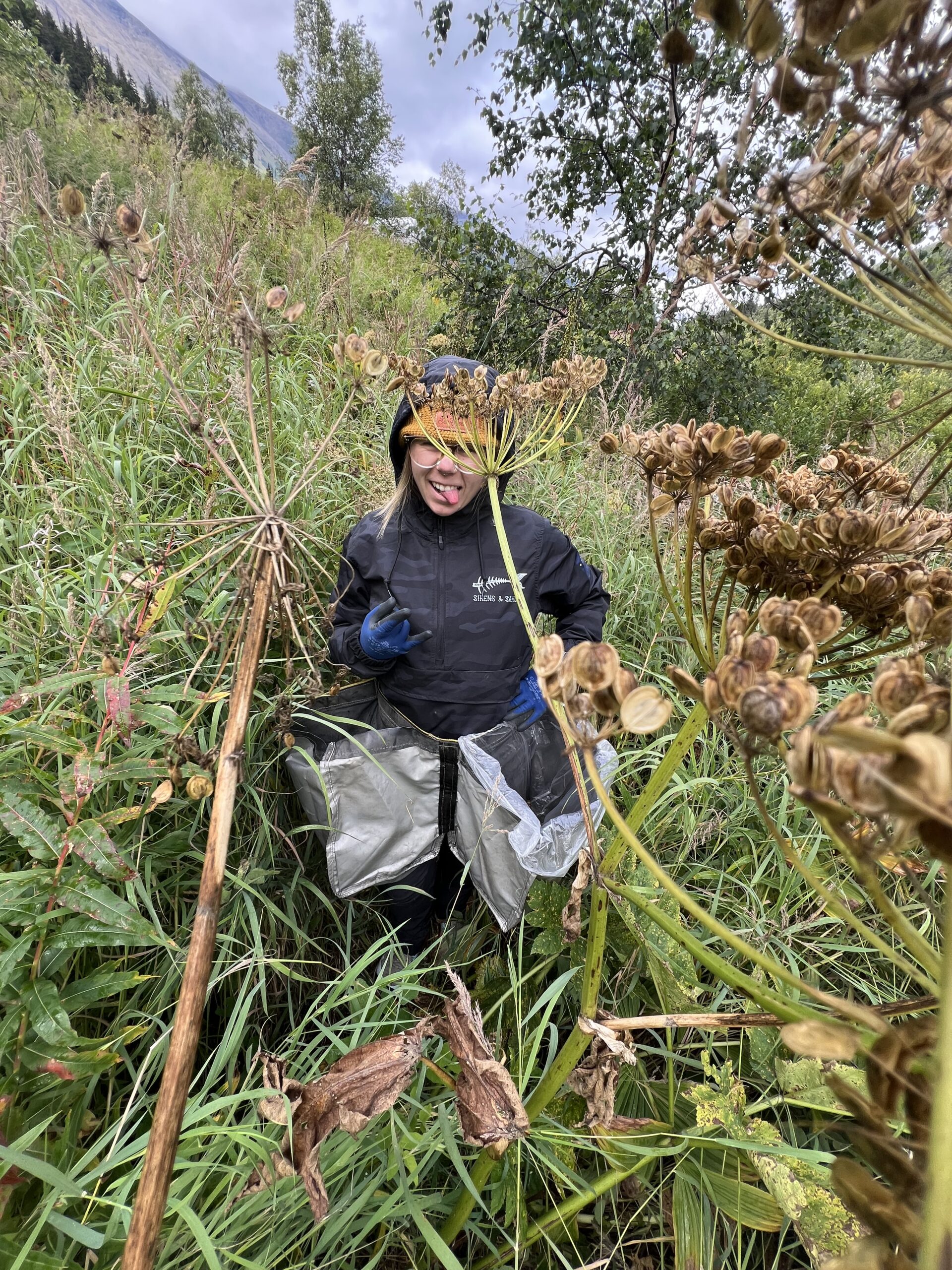
Our seed collection efforts have included preparing the seeds for storage until they can be grown for the restoration site. Our mentor provided us with a stellar setup for drying our seed out. This setup includes bread racks lined with newspaper and a tent equipped with a dehumidifier and fan. We place the seeds on the bread racks, then put those inside the tent. The dehumidifier and fan in the tent create the perfect conditions for drying the seeds, accelerating the process. This operation can take sopping wet cotton grass back to fluff balls overnight! It has been accelerating our progress.
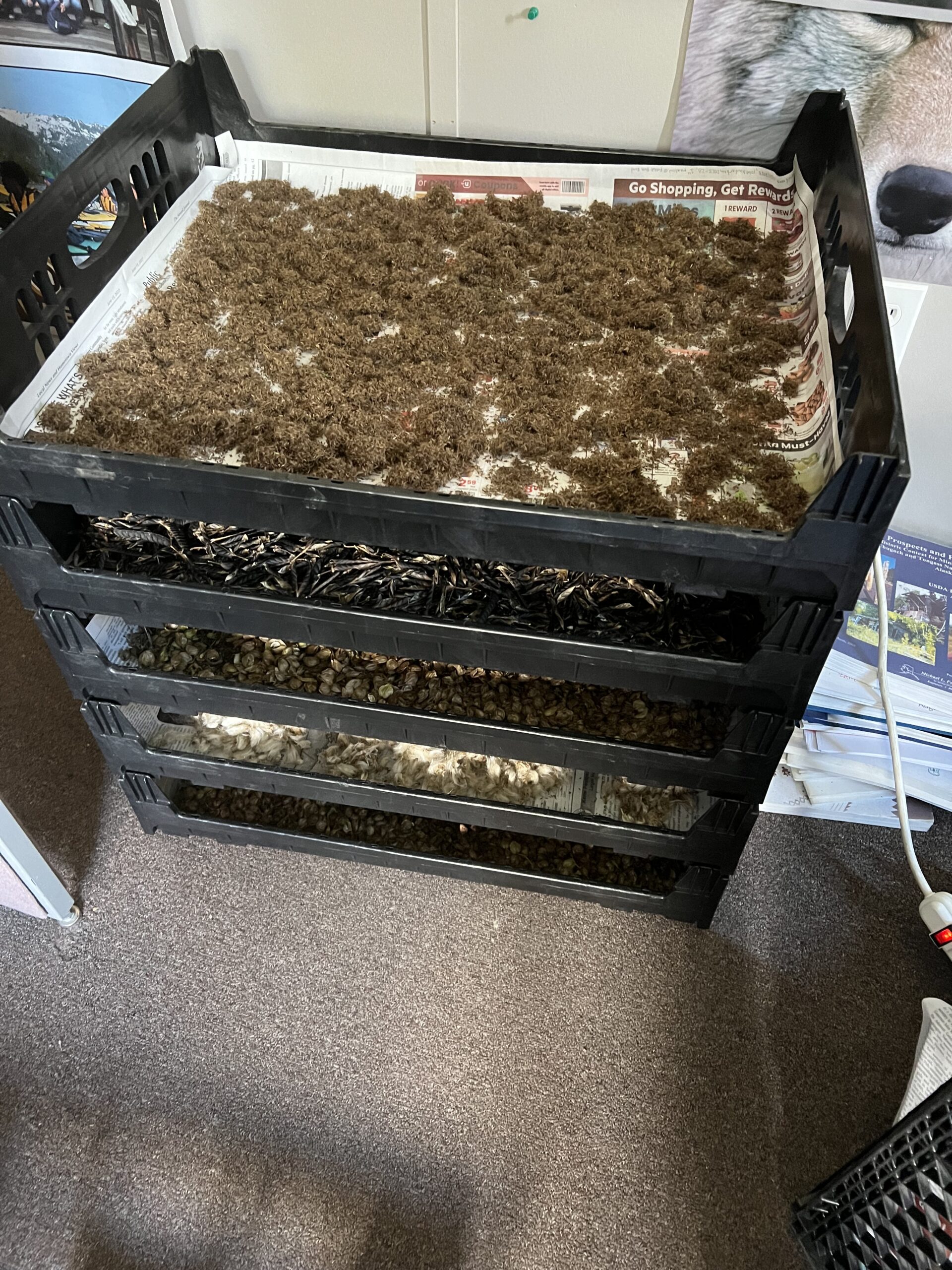
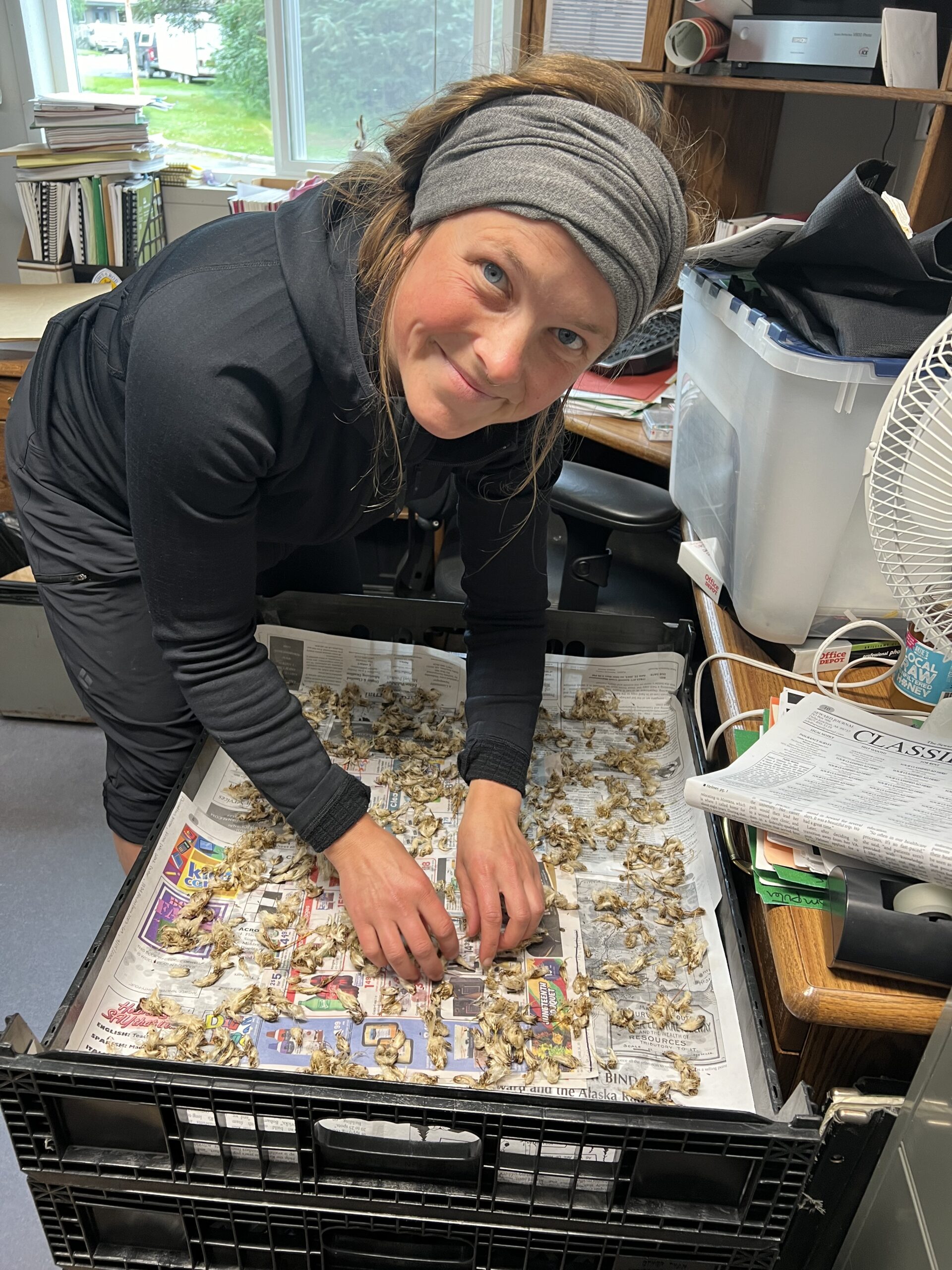
Another fun tool we have used this month is a ‘Clipper Office Tester’ to clean our seed and separate it from the chaff. This machine does an incredible job of separating the seed from any other material. The machine has two screens, one which vibrates to allow the seed and smaller material to fall through while the other material is discarded. The smaller material and seed then go to another screen to be sorted further, and then all of the remaining material is sent to a fan that blows lightweight chaff up into a compartment to be discarded, and the seed falls below into a tray. Configuring the machine with the correct screens and airflow for each species is a fun challenge, and I enjoy that part of the process; it’s like a puzzle. Although this machine is incredibly effective, it is not perfect. We have spent quite some time sorting worms from our seed, as they were about the same size and weight as the seed.
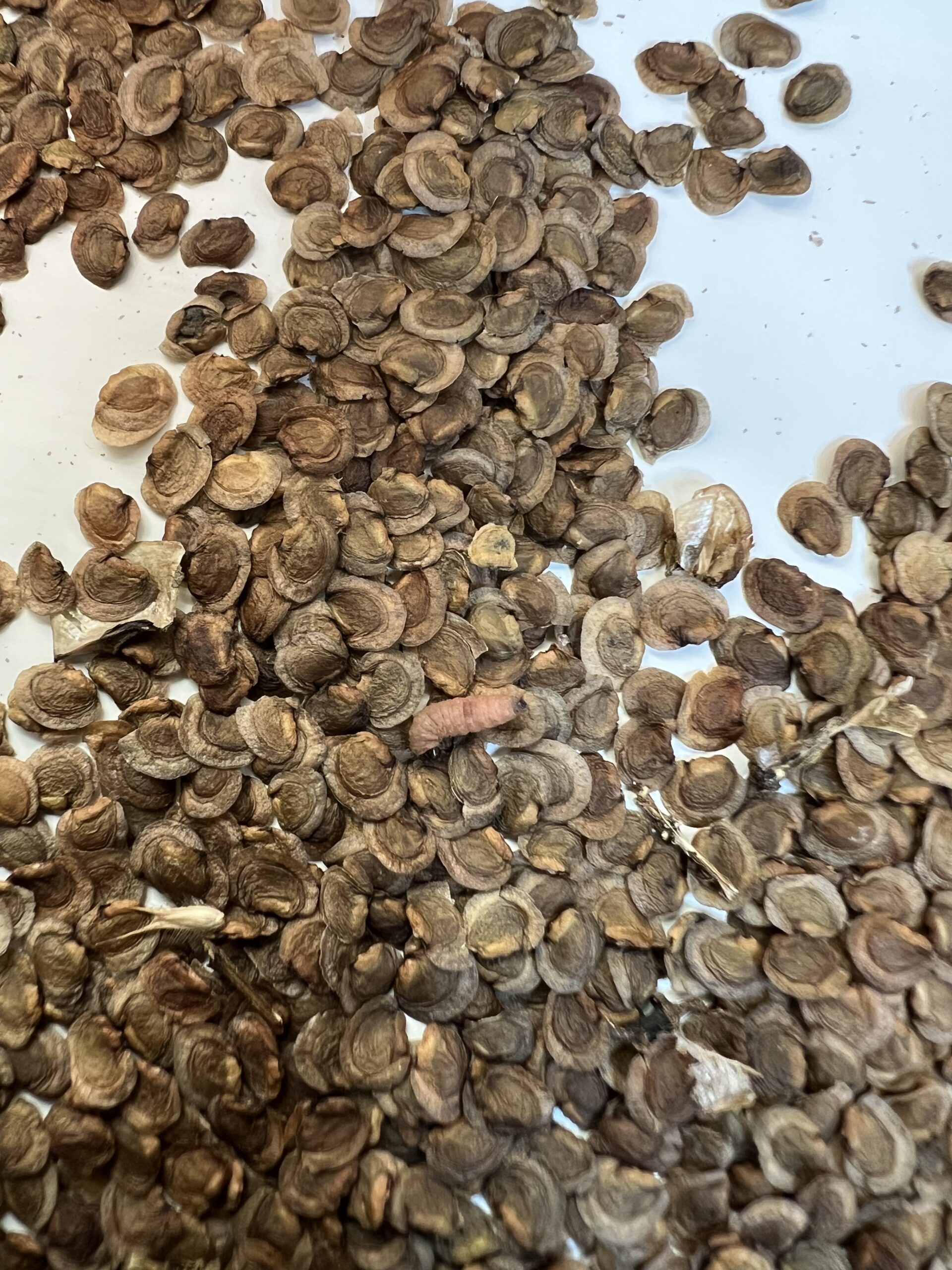
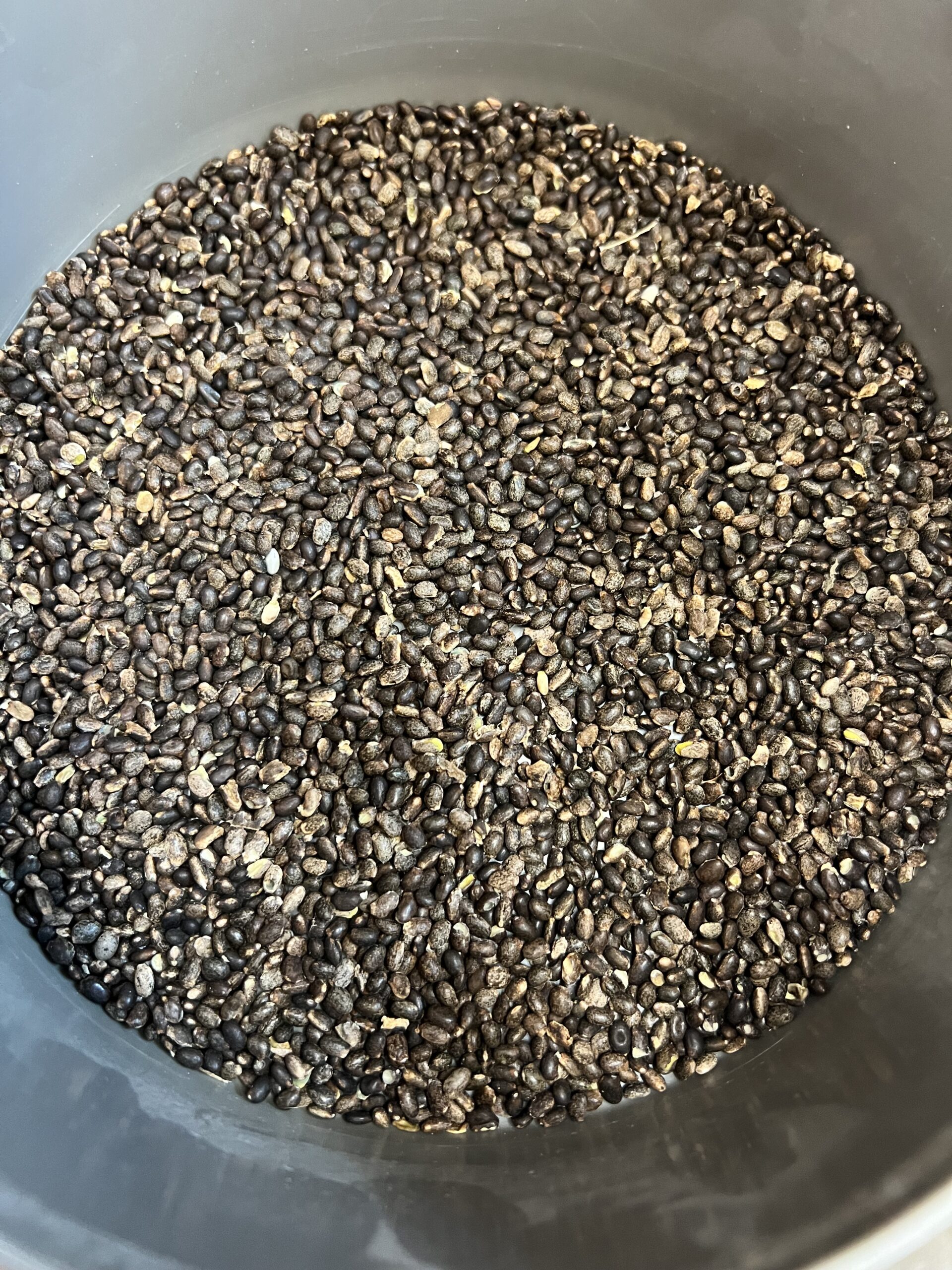
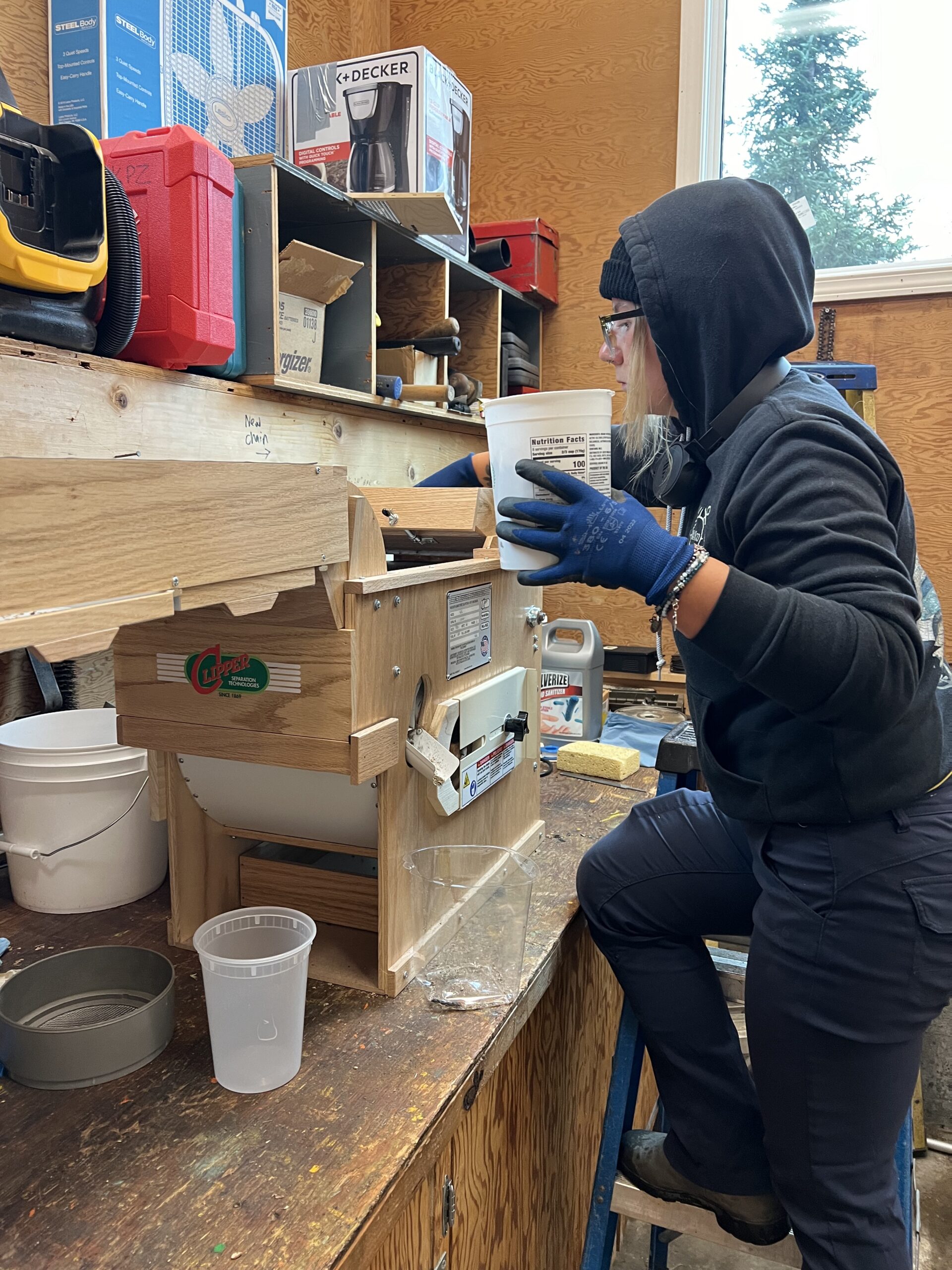
With the change in season has come a welcomed shift in workflow in my position. I’ve experimented with different harvesting, cleaning, and drying methods while watching the salmon and plants around me change form. I will miss the summer sunshine and warmth, but with autumn arrives abundance as the summer and the summer things slowly approach their annual expiration.
